Table of Contents
Introduction
Buying a cheap iPhone can be tempting, but it's easy to fall for scams. Many fraudulent sellers promise unrealistic prices that lead to fake products, stolen devices, or financial loss. Here's how to find genuine deals safely while avoiding common traps.
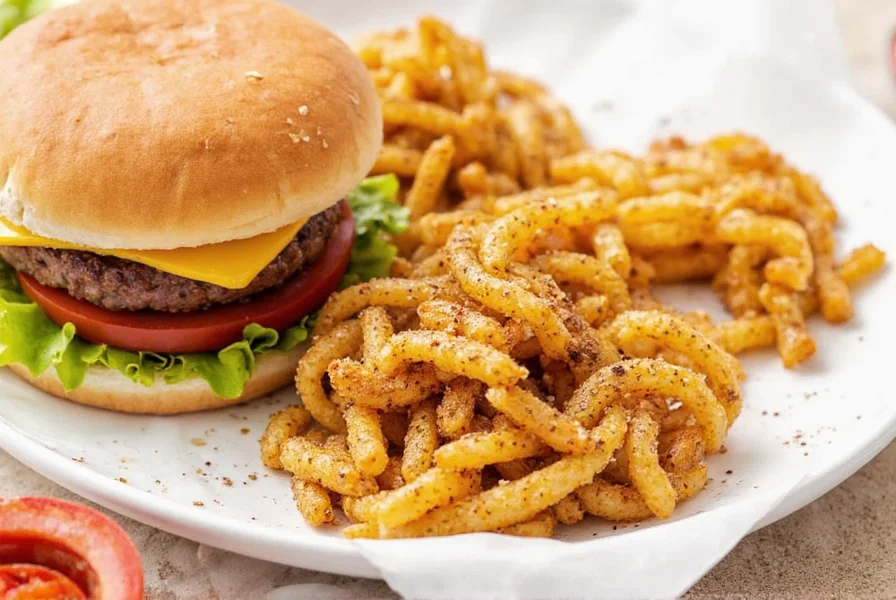
Common iPhone Scams
Scammers use deceptive tactics to trick buyers. Know these red flags to stay safe:
- "Too good to be true" prices: iPhones sold 50%+ below market value are almost always fake or stolen. For example, a new iPhone 15 for $300 is a scam.
- Fake websites: Sites like "buycheapiphones123.com" mimic Apple's design but lack official certifications. Check for HTTPS and a padlock icon in the browser.
- Phishing emails: Messages claiming "your iPhone order is delayed" with suspicious links often steal login details.
- Payment traps: Sellers demanding wire transfers, cryptocurrency, or PayPal Friends & Family payments are high-risk. Always use credit cards for buyer protection.
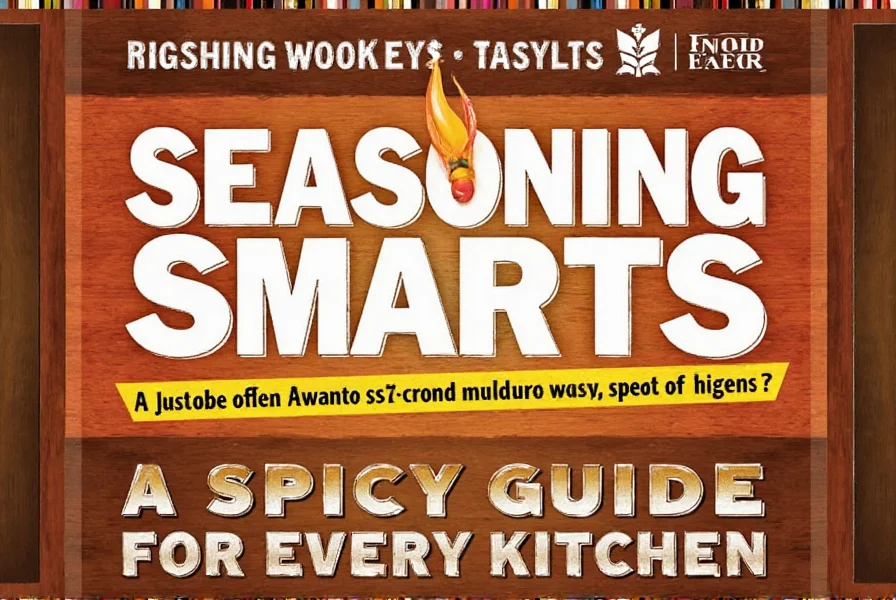
Trusted Retailers for Cheap iPhones
Stick to verified sellers for genuine deals. These retailers offer authentic iPhones with warranties:
| Retailer | Reliability | Typical Discount | Warranty |
|---|---|---|---|
| Apple Official Store | 100% trusted | Up to 10% off refurbished | 1-year standard |
| Amazon (Sold by Amazon) | High trust | 5-15% off | 90-day seller warranty |
| Best Buy | High trust | Up to 20% off sales | 1-year manufacturer |
| Authorized Resellers (e.g., B&H Photo) | Verified | 5-10% off | Full manufacturer |
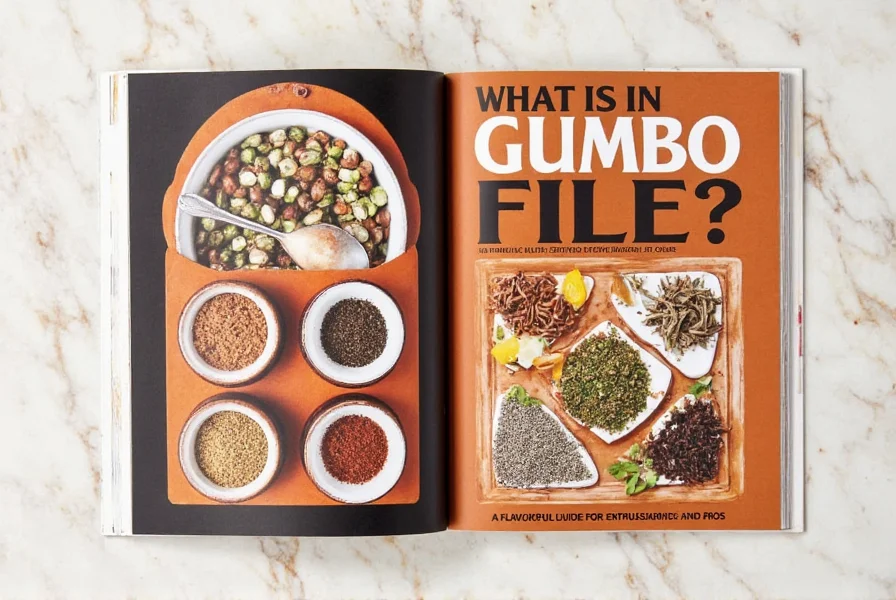
Price Comparison Tools
Use these tools to find legitimate discounts:
- Google Shopping: Compare prices across verified sellers. Filter by "new" or "refurbished" status.
- CamelCamelCamel: Track price history for Amazon deals. Avoid sudden price drops that signal scams.
- PriceGrabber: Check multiple retailers at once. Look for "trusted seller" badges.
- Apple Refurbished Store: Officially certified pre-owned iPhones with 1-year warranty. Up to 15% off retail.
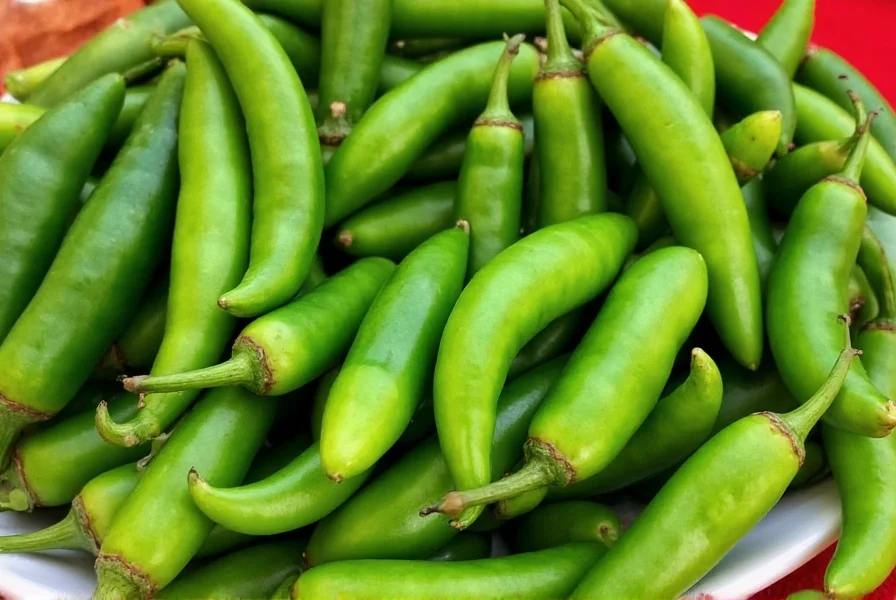
How to Avoid Fraud
Follow these expert steps to stay protected:
- Verify seller credentials: Check for Apple Authorized Reseller status on Apple's official website. Never buy from unknown social media sellers.
- Read reviews carefully: Look for detailed, verified customer reviews on Trustpilot or BBB. Avoid sites with only 5-star ratings and no negative feedback.
- Use secure payment: Credit cards offer fraud protection. Avoid PayPal "Friends & Family" for purchases—use "Goods & Services" instead.
- Check device authenticity: For used iPhones, verify IMEI number on Apple's Check Coverage page. Refurbished devices should include original packaging and accessories.
Frequently Asked Questions
Can I trust third-party sellers on eBay for cheap iPhones?
Only buy from eBay sellers with 98%+ positive feedback and "eBay Verified" status. Always check if they're Apple Authorized Resellers. Avoid sellers offering "new" iPhones at 50%+ discounts—these are likely stolen or fake.
What's the safest way to pay for a cheap iPhone?
Use a credit card for maximum fraud protection. Avoid cash, wire transfers, or cryptocurrency. For online purchases, ensure the payment page has "https://" and a padlock icon. PayPal "Goods & Services" is safer than "Friends & Family" for purchases.
How do I spot a fake iPhone website?
Check for: 1) No HTTPS or padlock icon, 2) Poor grammar/spelling, 3) Missing contact information or physical address, 4) No Apple Authorized Reseller badge, 5) Unrealistic prices. Always search for "[site name] scam" on Google before buying.
Are refurbished iPhones from Apple safe?
Yes! Apple's refurbished iPhones undergo strict testing, include new batteries and outer shells, and come with a full 1-year warranty. They're sold through Apple's official Refurbished Store and are the safest way to get discounted genuine iPhones.
What should I do if I bought a fake iPhone?
Immediately report the seller to the FTC (ftc.gov/complaint) and your credit card company. If you paid via PayPal, file a dispute. Keep all transaction records and screenshots. For stolen devices, contact local police and provide the IMEI number.
Why are some iPhone prices so much lower than others?
Legitimate discounts come from sales, refurbished models, or carrier deals. Unusually low prices (e.g., $200 for a new iPhone 15) indicate scams: stolen devices, counterfeit products, or phishing attempts. Always compare prices across trusted retailers before buying.

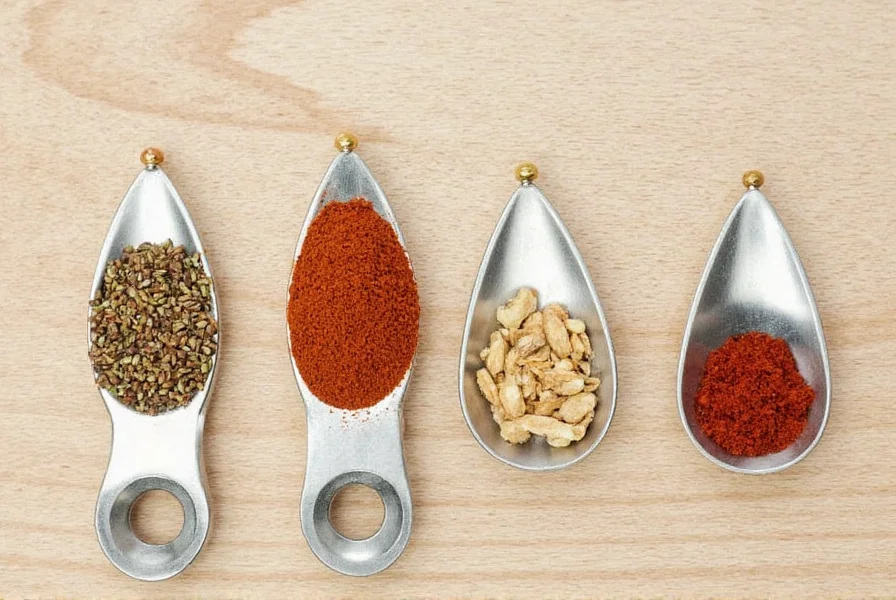









 浙公网安备
33010002000092号
浙公网安备
33010002000092号 浙B2-20120091-4
浙B2-20120091-4